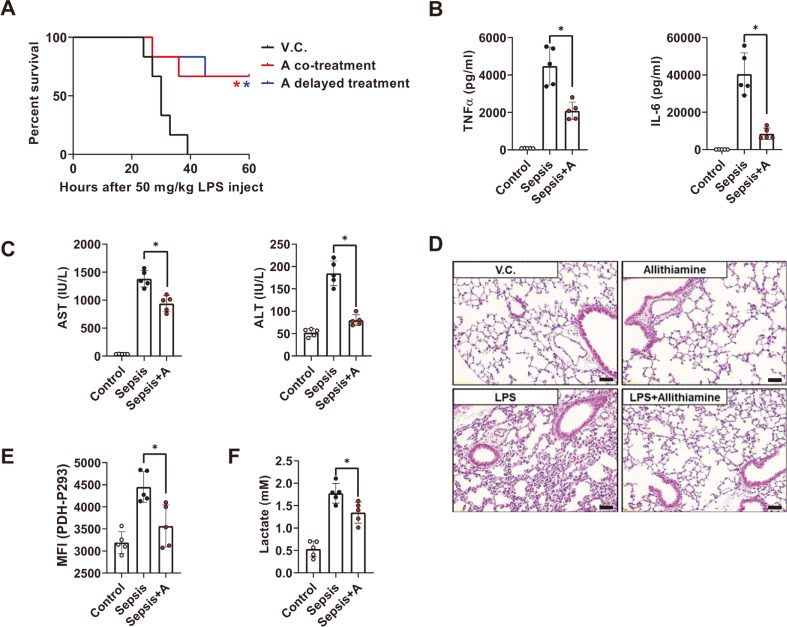Fig. 1. Allithiamine reduces lethality in LPS-induced murine sepsis model.
Endotoxemia was induced by LPS treatment (50 mg/kg, intraperioneal injection [i.p.]) in animals. C57BL/6J mice were treated with or without allithiamine (5 mg/kg, intravenous injection [i.v.]), concurrently or 3 h after LPS treatment. (A) Survival was monitored for 60 h. Asterisk indicates significant differences (*P < 0.05) between LPS triggered group and allithiaimine cotreatment group (red asterisk) or delayed treatment group (blue asterisk). V.C. designates vehicle control, which is composed of 10% DMSO in 0.9%NaCl. (B) Pro-inflammatory cytokines TNFα (at 1 h after endotoxemia induction: early time point) and IL-6 (at 18 h after endotoxemia induction: late time point) in serum were determined by ELISA. (C) The extent of organ dysfunction was determined by liver function test (AST, ALT) using serum extracted 18 h after LPS challenge. (D) The degree of tissue damage was determined by PMN infiltration in lung sections, excised 18 h after LPS challenge. Representative images of lung sections from each group were captured at 20× magnification. Scale bar = 100 µm. (E) PDH-Phospho293 on CD11chigh cells in splenocytes and (F) lactate in serum were determined 18 h after LPS challenge. (B, C, E, and F) All data are presented as means ± SEM of three independent experiments. Asterisk indicates significant differences (*P < 0.05) between vehicle control + LPS and allithiamine + LPS group.

